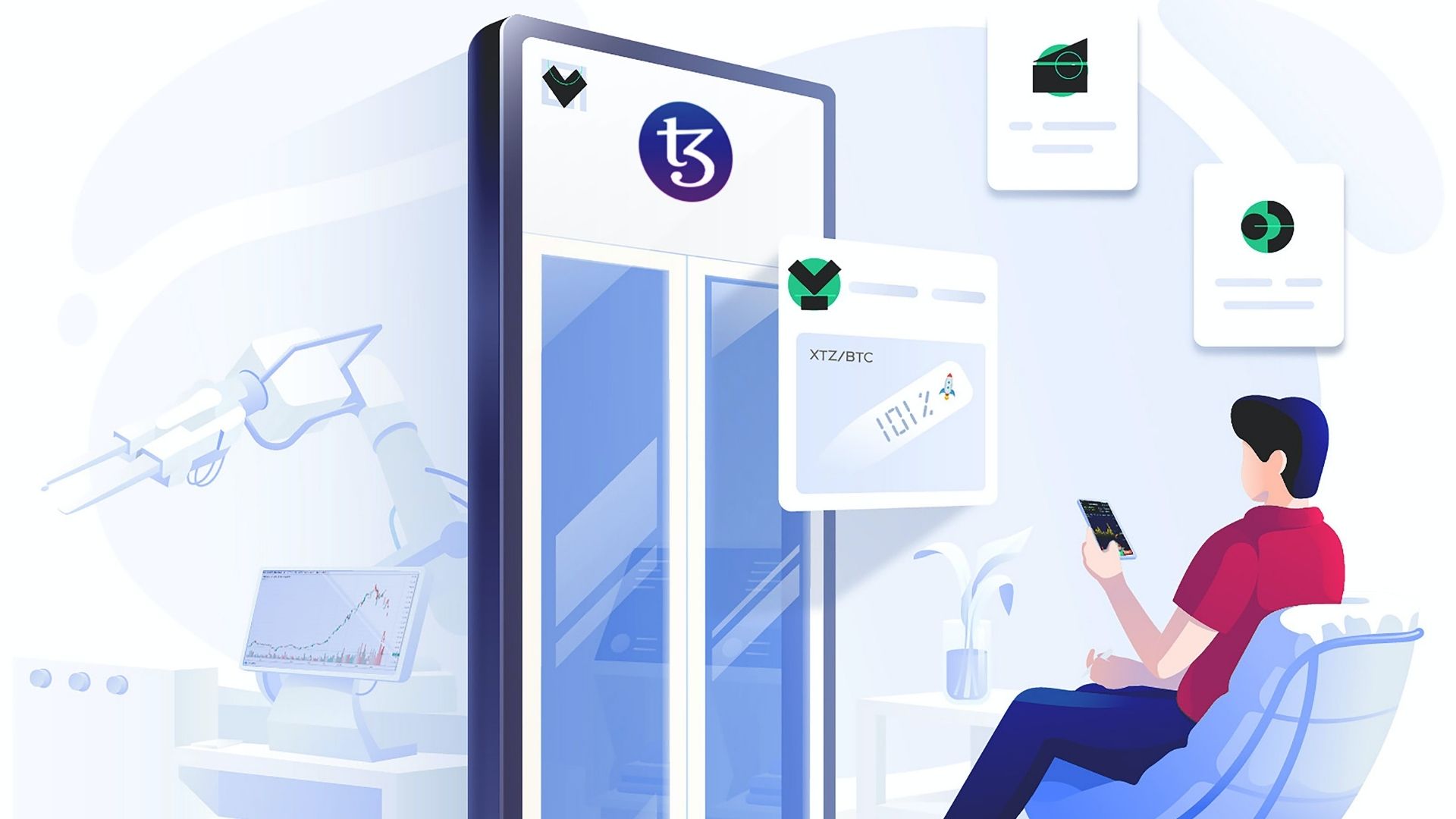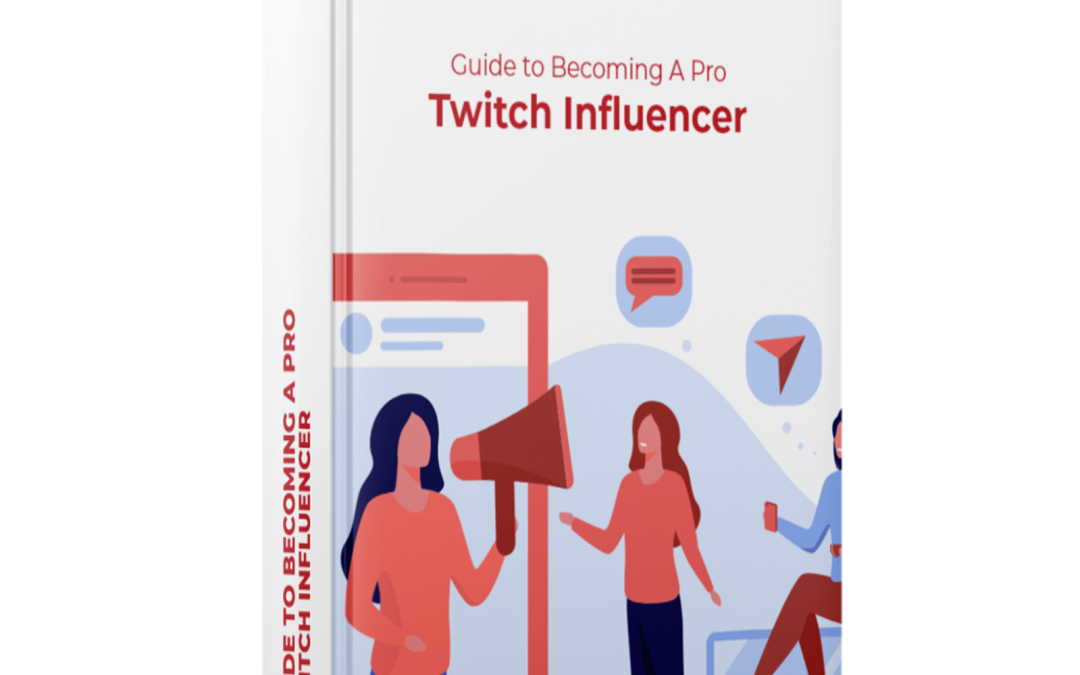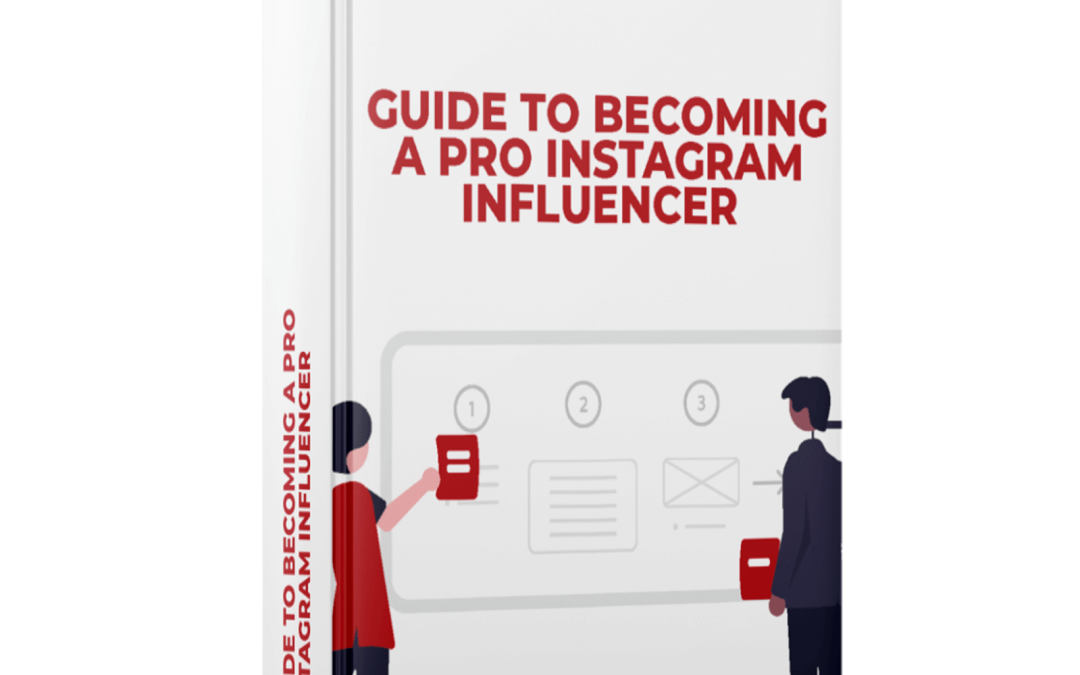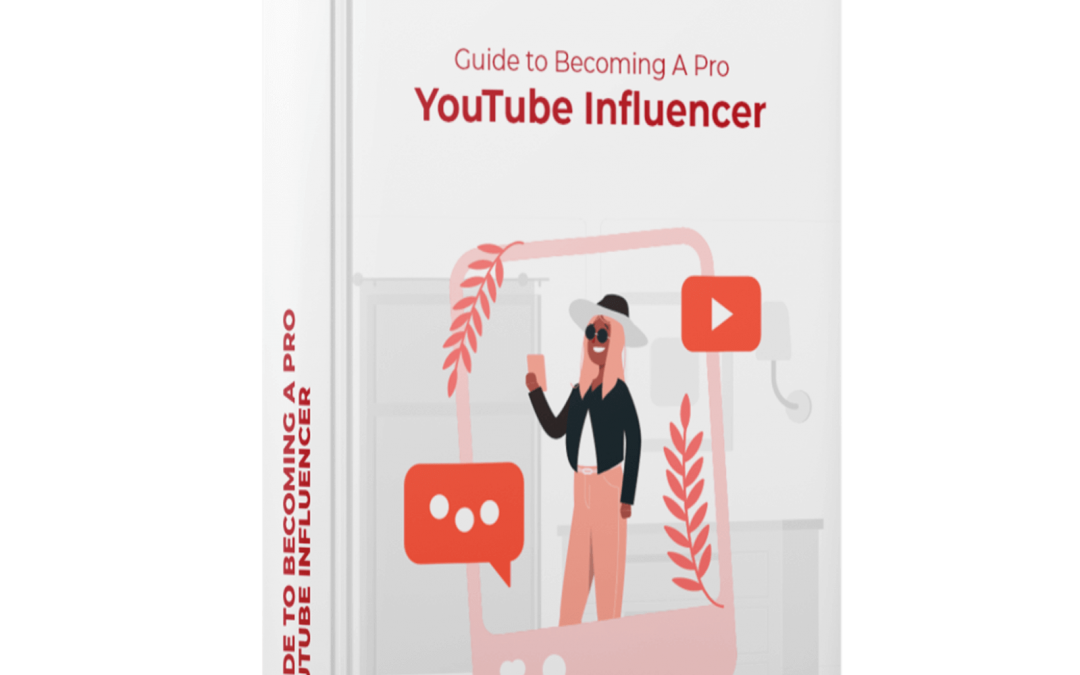NFTs or non-fungible tokens have generated much buzz lately. Everyone from celebrities, artists, gamers, and musicians are involved in the NFT industry, making NFTs the standard tool for digital asset creation and trading to make big money. NFT sales hit $25 billion in 2021, compared to just $94 million in 2020. The top NFT artworks sold during this period include Beeple’s “Everydays: The First 5,000 days” artwork that sold for $69 million.
However, the popularity of NFTs doesn’t make them simple products to deal with. NFTs are a complex digital ecosystem where every asset requires a specific skill set to market. There are many use cases and even more niches. Before dabbling in NFT as a creator, it helps to know the points mentioned in this blog.
The Checklist
Here are the 9 things you need to know to thrive as an NFT creator and influencer.
1. Connect With The Community
This is the best starting point. Even if you know how to mint, it’s necessary to understand how that world works before diving in. Engage in the community and build relationships for clarity during your journey.
Within these NFT communities, artists are willing to help each other, and this will allow you to acquire all the information you need to become an influential figure in the NFT world. You will also get the chance to meet and interact with the best NFT creators to watch for inspiration for your next project.
The other benefit of connecting with the community before creating NFT art to sell is to help you establish your creator market fit. This is the niche or space where you can easily establish yourself as an expert. By interacting with the experienced NFT creators in your community, you will know the sectors that hold much potential for you as a creator.
2. Have A Clear USP
When you are new to the NFT scene, you can easily find yourself joining the latest NFT trends. However, you should be cautious of riding the tide and instead find ways to stand out with your NFT collections. With interest in NFTs rising every day, the industry has become very competitive. As such, you need a clear USP to differentiate your creations and establish yourself as one of the top NFT creators for hire.
Staying authentic to yourself and knowing what you can offer will help you succeed in the industry. Your artwork should have a special message, vision, and appeal to a dedicated community. Take Party Degenerates, for example. Their NFT was ranked as the top artwork for 6 days because of its unique vision. Party Degenerates serves a dedicated community and ensures their art reflects their beliefs.
3. Associated Content
While the NFT token is one thing, every asset comes with associated content and understanding the different delivery models for these are necessary. NFTs are tied to the related content in a mechanical and legal sense. The mechanical aspect involves creating an NFT collection and providing the content through various delivery modes. For example, you can avail your content through streaming or a single download. In special circumstances, it’s also possible to have NFTs with no content. While the only connection is in the name, these assets are also considered valid NFTs because of their unique identity.
The legal sense is tied to issuing a license of ownership after selling an NFT. When issuing an NFT, whether as a creator or a reseller, you’re providing a license to the buyer. To issue this license, you should have the rights for licensing in the first place. Presently, there’s very little information regarding content-related agreements and this may create problems when it comes to royalties for secondary market sales.
4. The NFT World Isn’t Immune To Plagiarism
Blockchain technology makes it almost impossible for NFTs to be duplicated, but this doesn’t mean that the content associated with the assets cannot be manipulated. Counterfeiting and IP infringement does exist. It’s also important to be wary of hackers and scammers.
One of the most problematic issues with NFTs is that the system doesn’t require users to own the copyright of artwork to mint the work. As such, this makes it easy for hackers and scammers to use an artist’s work without their permission and put it up for sale on different platforms. The news of a hacker trying to produce copies of Beeple’s famous artwork sheds light on the issue of the security of NFTs, which are supposed to be unique and secure.
5. Collectors’ Expectations
Be aware of what NFT collectors expect. Everyone who invests in them expects their value to rise and gain monetary benefits when they finally dispose of them. Much like artworks and trading cards, NFTs are considered to be rare collectibles that gain value over time. However, unlike these physical assets, there’s minimal risk of NFTs degrading in quality.
Patterns within the rise and fall of NFTs values are linked back to Ethereum and can be predicted. NFT collectors with an eye for digital art will know which artworks will soon increase in value and place a bid for them. Preservation is also important as buyers expect NFTs to last forever. This preservation largely depends on the blockchain that hosts the NFT. Ethereum says on its website that the blockchain never goes down, so we can expect NFTs to always be available.
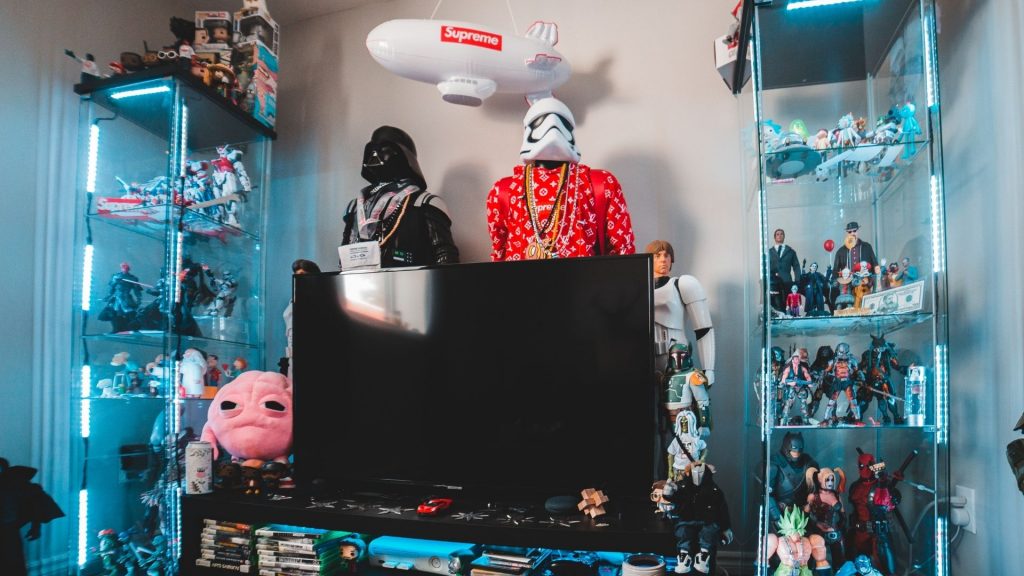
6. Understand Business Regulations
The more functionality, the higher the risk of theft and cons. Regulating these isn’t yet foolproof and needs attention from the creator. While NFTs are valuable digital assets that can be traded freely in the open market, existing business regulations should be altered to accommodate NFT smart contracts. One of the important things you need to bear in mind is that NFTs and cryptocurrencies are two separate entities, affecting NFT contract negotiations.
The other issues you need to consider to navigate the muddy waters of business regulations successfully include whether or not NFTs can be used as securities, whether or not the platform that hosts them can cause security issues, and the IP rights considerations. All these issues prove that there’s still much work to be done to ensure proper regulations guide creating NFT artwork and trading them online.
7. Navigate The Risks
Anyone looking into creating, buying, or selling NFT should be aware of the abundance of speculation that pervades the market. Before opening the NFT creator app, you should understand that the NFT industry isn’t just about earning millions of dollars when you sell your NFT collection. Enter the NFT space with the right mind and realize that things won’t work out in your favor all the time. While it’s easy for NFT creators on Twitter with many followers to sell their artwork, sometimes they struggle to get a good price when their creations don’t meet the market needs.
You should also remember that it will take you some time to market your artwork. The NFT market is riddled with speculation that easily affects the average market price. As such, it will take some time before the market stabilizes for you to fetch a good price for your artwork.
8. Creator Protection
Creators need to deal with the uncertainty of the NFT value and need to be aware of all associated legal ramifications. Emerging NFT creators with artwork rising in value also have to deal with the intentional and unintentional violation of their IP rights. For this reason, you need to learn how to protect yourself as a creator. Make sure you are informed of the legal ramifications associated with NFTs, even when creating NFTs for free. Carefully read the terms of the marketplace you are working with to ensure your rights are reserved.
9. Choose A Platform Wisely
The “do-it-yourself” process offered by NFT marketplaces allows artists to sell their artwork without an art dealer or a gallery. With more than 50 platforms for minting and trading NFT art, it’s easy to get lost. Most minting platforms also double as marketplaces but operate on different models. Some platforms, such as Nifty Gateway and SuperRare, are curated and operate on an invite-only basis. Others like Rarible and Foundation require user verification before you can engage in any transactions.
Before settling on a platform, study the fees and commissions they charge for every transaction. For example, SuperRare takes a 3% commission for every purchase, while Foundation charges 15% for all transactions.

NFTs are the latest trend to take over the digital world. Its inception has revolutionized the act of creating and marketing digital artwork. NFT creators can now make a lot of money by selling their unique digital assets to NFT collectors. But before you dive into the industry, you need to keep in mind that NFTs come with their own unique challenges and risks. Taking time to acquire the right knowledge and researching the market will prove advantageous in your journey to becoming a top NFT creator and influencer.
If your plan in 2022 is to succeed as an NFT influencer, you should sign up with Atisfyre. Our AI-driven influencer platform automates the influencer matchmaking process to help you land your dream jobs with top brands.
Sign up today for free!

